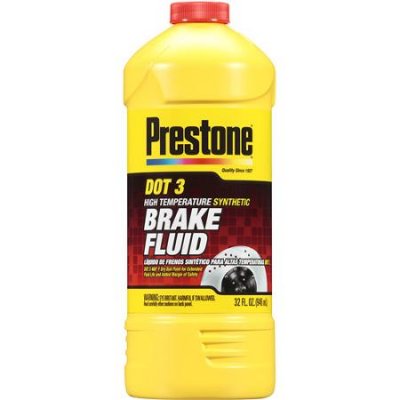riggz
Full Access Member
I am swapping out the rotors and pads on my 09 Suburban today and thought I would go ahead and flush the brake fluid while I am at it.
I've read to use DOT3 or 4 but noticed the GM brake fluid is glycol based and most of the brake fluids at the store were DOT3/4 synthetic.
I know you shouldn't mix the two but if I flush the whole system with synthetic is that going to cause any issues? Or should I just try to find glycol fluid?
I've read to use DOT3 or 4 but noticed the GM brake fluid is glycol based and most of the brake fluids at the store were DOT3/4 synthetic.
I know you shouldn't mix the two but if I flush the whole system with synthetic is that going to cause any issues? Or should I just try to find glycol fluid?

